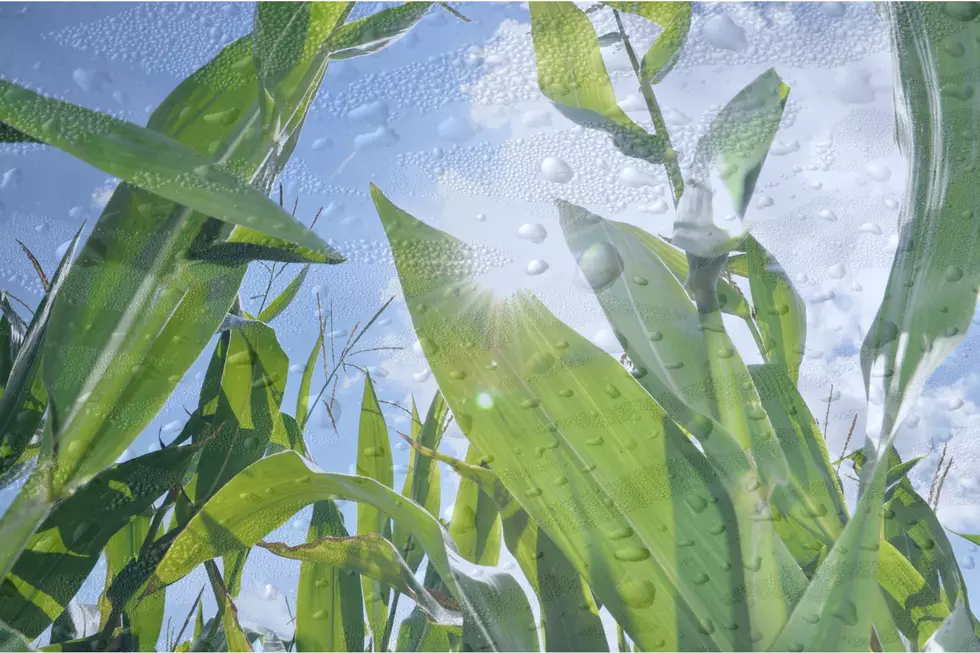
Are Cornfields to Blame for the Humid Indiana Summers?
How often have you said, or heard on a hot, Indiana summer day, "It wouldn't be so bad if it weren't so humid." I know I've said it numerous times, especially on those days when you walk outside and it feels like you've walked straight into a sauna. After about two minutes, sweat starts beading up on your forehead around your hairline, then it runs down your nose, your cheeks, or both, and you haven't even moved. You're just standing there. It's the worst. You'd think those of us who have lived here for years, if not our entire lives, would be used to it by now, but nope, every year it hits us like a blast furnace, and I won't say we're surprised by it, more like disappointed that it's happening again. As if one year it just won't. While there are multiple meteorological and atmospheric reasons the Hoosier state bathes in its own sweat during the summer months, another contributing factor is apparently one of the things the state is well-known for — corn.
How Cornfields Contribute to Humidity
Emily Steele, Media Communications Coordinator with the University of Illinois Urbana-Champaign, recently spoke with a few experts in the world of agriculture and climatology for an article where they explain how corn plants, like the thousands upon thousands you'll see when you drive down practically every rural road in Indiana, do indeed contribute to the humidity we feel when we leave the comfort of our air-conditioned houses and step outside during the summer.
As Ms. Steele notes in her article, the U.S. Geological Survey says one acre of corn adds anywhere between 3,000 to 4,000 gallons of water to the atmosphere every day. Multiply that by the 5.4 million acres of corn planted in Indiana and you get 16.2 BILLON extra gallons of water on the low end and 21.6 BILLION gallons on the high end. That is, for a lack of a better term, a lot.
How Corn Plants Release Water Into the Atmosphere
I shared Ms. Steel's article with meteorologist Joe Bird at Eyewitness News to get his thoughts on the subject, and this is how he explained the process:
<p>...the actual scientific term is called transpiration. It is when a plant releases moisture and it goes into the atmosphere and increases humidity. </p><p>Then there is an even bigger process called evapotranspiration, which is the evaporation of water from the soil, underground water, and water on land such as pools, lakes, etc. Transpiration is under the umbrella of evapotranspiration.</p>
Joe went the extra step of sharing the graphic below of the dew points around our area in the southern part of Indiana on the afternoon of Monday, August 8th, 2022.
Notice the orange blobs in the sea of yellow? Guess what those are? If you're not sure, Joe was nice enough to explain.
Those are VERY high dew points! In fact, look at Tell City. That sensor is near crops (pretty sure it's corn, too, like the article) hence why dew points are in the low 80s but everyone else is hovering in the upper 70s.
Again, there are several factors outside the vast amount of corn we grow contributing to the humidity we deal with every summer, but those rows and rows, and rows and rows of corn aren't helping.
[Sources: University of Illinois Urbana-Champaign / U.S. Geological Survey / U.S. Department of Agriculture]
LOOK: The most extreme temperatures in the history of every state
KEEP READING: Get answers to 51 of the most frequently asked weather questions...
More From WGBF-FM





